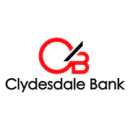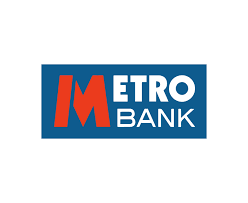Flexible Development Finance for Your Next Property Development in the UK
We work with more than 120 mortgage lenders, including

Initial chat about your project




Your Estimated Borrowing Amount

Residential Development Finance

Commercial Development Finance

Mixed-Use Development Finance

Refurbishment Finance

Bridge-to-Development Finance

Land Development Finance

Affordable Housing Development Finance

Property Investment Finance
Expert Guidance
Speed You Can Count On
We work with top UK lenders to offer approvals in days, not weeks.
Tailored Solutions
Competitive Rates
We offer some of the most competitive rates in the industry, ensuring that you get the best value for your development project.
Personalised Support
Efficient Process
With streamlined processes and a focus on speed, we ensure that you can access the funds you need without unnecessary delays.
Contact Us
Get in Touch For Our Expert Mortgage Advice
Looking for the right mortgage solution? Whether you’re securing a better rate, switching deals, or exploring let-to-buy options, our experts are here to help. Get in touch today for tailored mortgage advice and find the best deal for your needs—hassle-free and straightforward!
| Call Us | 020 3827 8558 |
| Email Us | info@mortgage-tek.co.uk |
| Address | 31, Metro Centre, Dwight Rd, Northwood, Watford WD18 9SB |
| Opening Hours | Mon–Fri (8:30am–7pm) Sat (9am–5pm) |
TESTIMONIALS
What people say
Mo is extremely professional and has helped me on multiple occasions with new mortgage and remortgage transactions for the past 3 years. I found MortgageTek and the team to be efficient, have constant communication with me every step of the way, and be outstanding plus helpful in resolving any issues that may arise along the way. I highly recommend MortgageTek for any future transaction as Mo always gets good rates

GORETTY DIAS
Customer
Would thoroughly recommend using Mortgagetek if you are a contractor. Mortgage applications are confusing enough as it is, so it’s great you can depend on the application being made smoothly by the team at Mortgagetek. Kate was excellent in keeping me updated and dealing with any questions I had. Will use them again.
JAMES MORTON
Customer
Mo has helped me with multiple mortgage brokering both for new, remortgage and BTL transactions for about 4 years. I’ve found Mo and his team to be efficient, have clear and constant communication with me every step of the way, and very helpful to resolve any issues that may arise along the way. I unreservedly recommend MortgageTek.

SEUN OLOWOJEBUTU
Customer
Frequently Asked Question
1. What is Development Finance?
2. Who Can Apply for Development Finance?
3. What Types of Projects Can Development Finance Fund?
Development finance can fund a variety of property development projects, such as:
- Residential developments (new builds, conversions)
- Commercial property developments (offices, retail spaces)
- Mixed-use developments (residential and commercial spaces combined)
- Refurbishments and renovations of existing properties
- Land acquisition and site preparation for new developments
Whether you’re working on a small residential development or a large-scale commercial project, development finance can provide the necessary funding.
4. How Is Development Finance Different from a Traditional Mortgage?
Unlike a traditional mortgage, which is typically used for purchasing existing properties, development finance is specifically designed for funding property construction, renovation, or development projects. Development finance is usually short-term (12-24 months) and offers more flexibility in loan-to-value (LTV) ratios and repayment structures, making it ideal for property developers and investors.
5. What Are the Typical Requirements for Getting Development Finance?
To secure development finance, lenders typically require:
- A detailed development plan with clear milestones
- A proven track record in property development (if applicable)
- Sufficient equity or a good deposit for the project
- Ability to manage the project and complete it on time and within budget
- A clear exit strategy, such as selling the completed development or refinancing it
Meeting these requirements demonstrates your ability to successfully complete the project and repay the loan.




















